There can be your advertisement
300x150
If Not Tile, Then What? Decorative Materials for the Bathroom
Spoiler: paint, wallpaper, brick, concrete, wood, and even moss will do
It's hard to avoid using tiles in strategically important areas with high humidity, but it's not necessary to cover all walls with them. Art Director of LINES Studio Vladislav Sedov tells which unusual materials can be used in the bathroom and why you won't regret it later.
Vladislav Sedov — DESIGNER. Art Director of the LINES Design Studio.
1. Paint
Naturally, we're talking about special coatings – water-dispersed paints. They are made from polymers, eco-friendly, and odorless, tolerating moisture well. And they're cheaper than tiles! Additionally, a rich color palette allows designers to unleash their creativity. As for drawbacks, paint is sensitive to mechanical damage.
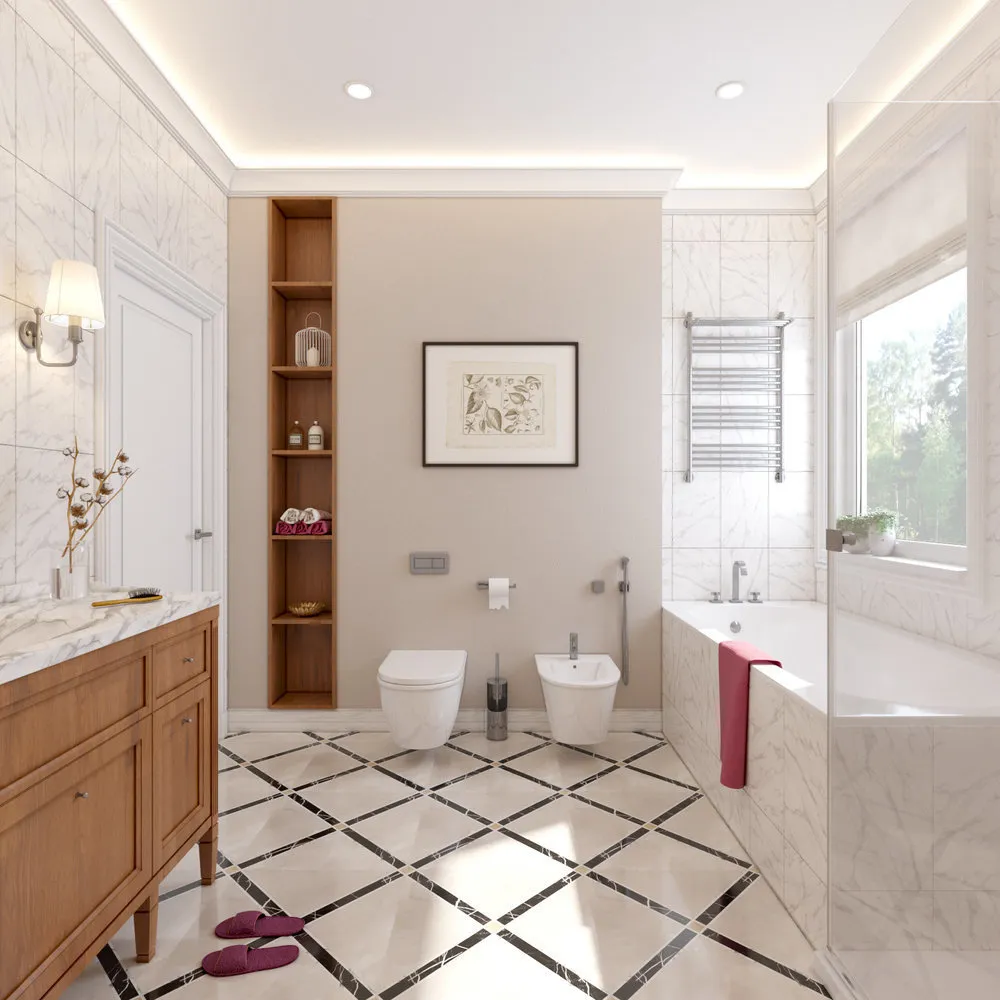 Design: LINES Studio.
Design: LINES Studio.2. Wallpaper
Yes, and it's possible! For a bathroom, I recommend vinyl wallpapers. They are not picky in use, washable, and don't fade in sunlight. From a design perspective, they offer a vast range of ideas and solutions since the variety of wallpaper patterns is virtually limitless. However, keep in mind that vinyl wallpapers are more expensive than others.
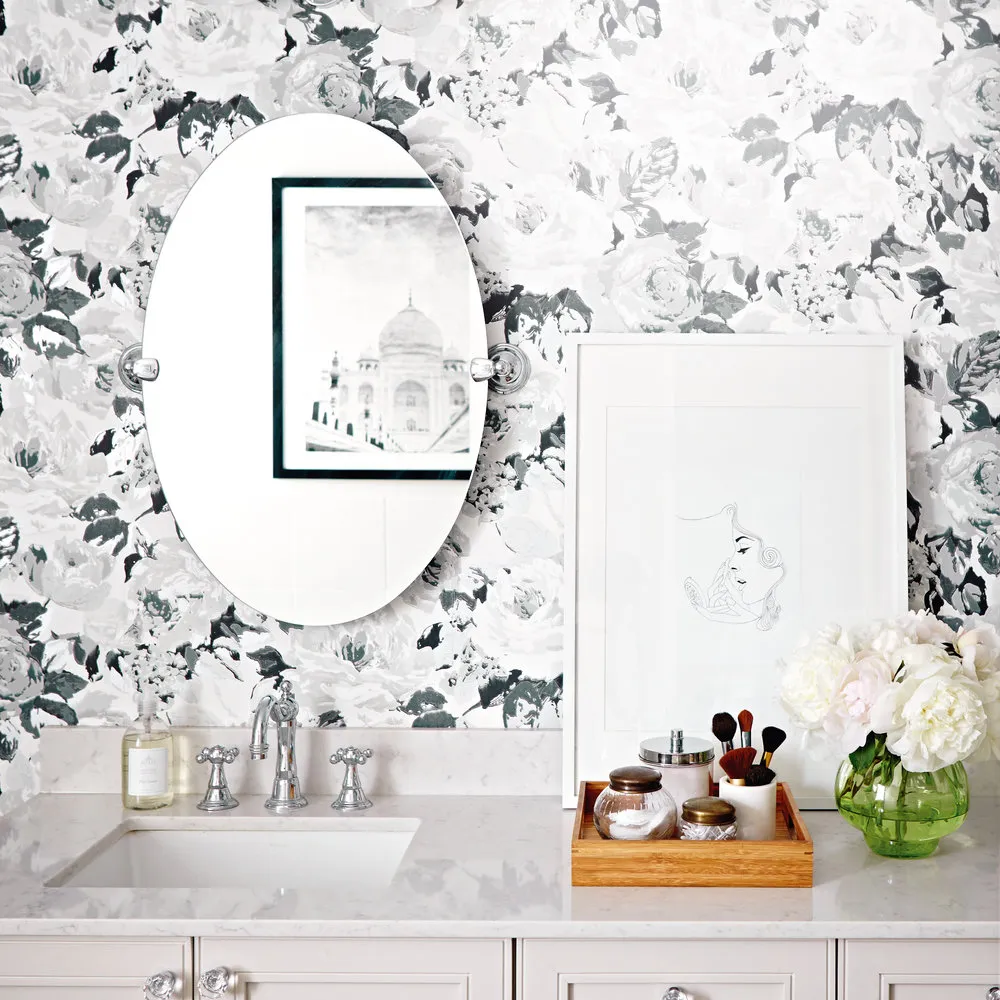 3. Brick
3. BrickIt's hard to write about the aesthetic aspect of using brick in interior design – it is popular and loved by designers for its distinctive texture and color. In a bathroom, brick can even be placed in zones with high and aggressive humidity levels. All you need is to treat it with an antiseptic.
 Design: LINES Studio.
Design: LINES Studio.4. Concrete
Concrete basins and countertops are already a well-established trend, which for some reason intimidates many clients when discussing bathroom design. We recommend polishing the concrete and combining it with warm-toned wood species.
 Design: LINES Studio.
Design: LINES Studio.5. Wood
If you love wooden finishes, don't deny yourself the pleasure of using it even in bathrooms. We recommend considering MDF or moisture-resistant woods like linden. Natural wood slabs look great as countertops and panels when combined with concrete basins.
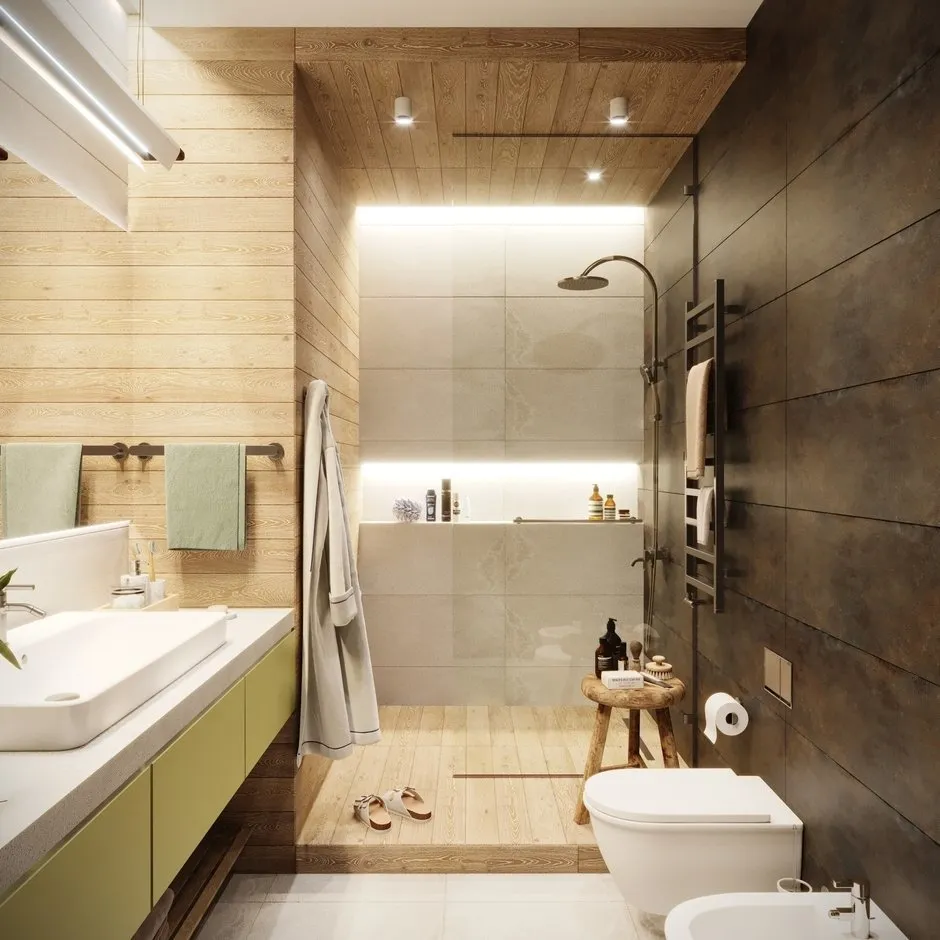 Design: LINES Studio.
Design: LINES Studio.6. Moss
Moss thrives in a humid environment within 50-70%. The market is now rapidly filled with various moss-based products: wall panels, furniture inserts, and mats. Such solutions will appeal greatly to lovers of fit-Interior design. However, moss should not be used in aggressive zones since constant direct water flow is not beneficial for it.
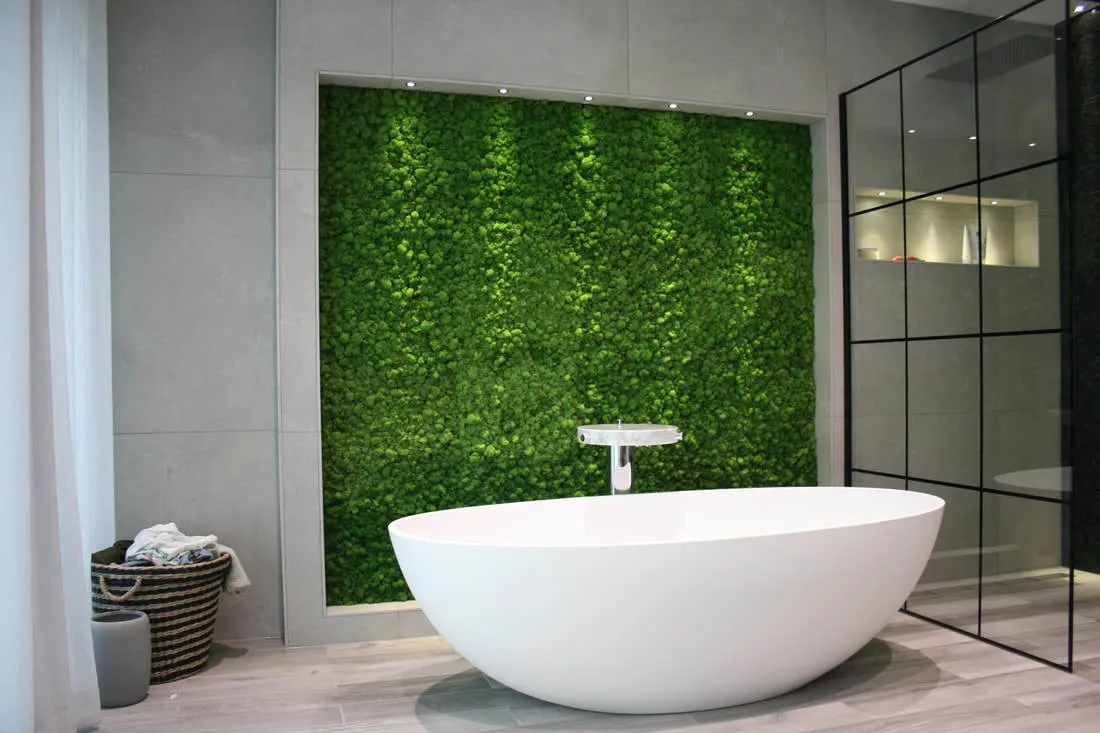 How Not to Regret the Choice
How Not to Regret the ChoiceIn recent years, we have rapidly moved away from the idea of tiling from floor to ceiling on all bathroom walls. Designers are needed precisely to propose different variations and solutions in finishing.
But first, it's essential to equip the bathroom with good ventilation and moisture removal devices (install a towel warmer if you don't have one). Otherwise, any finishing material won't save against mold. In zones of aggressive humidity, it's better to use tiles, glass, concrete, or brick – for example, the walls of the shower cabin and bathtub area, and the sink zone.
 Design: LINES Studio.
Design: LINES Studio."I'd live here myself!" — 6 Tips from a Designer on Choosing the Perfect Apartment
More articles:
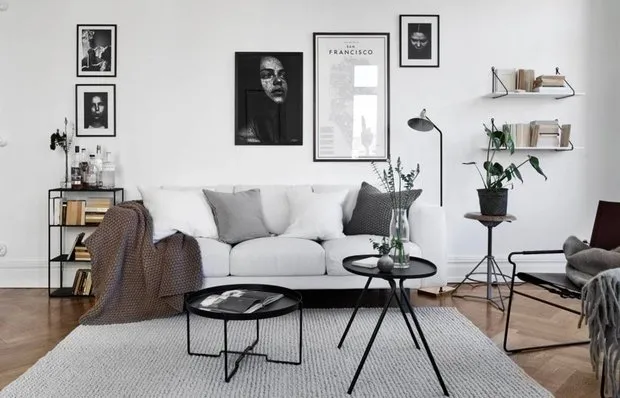 How to Quickly Fix a Bad Interior: 5 Secrets
How to Quickly Fix a Bad Interior: 5 Secrets 7 Reasons to Buy a Dishwasher if You Are a Young Mom
7 Reasons to Buy a Dishwasher if You Are a Young Mom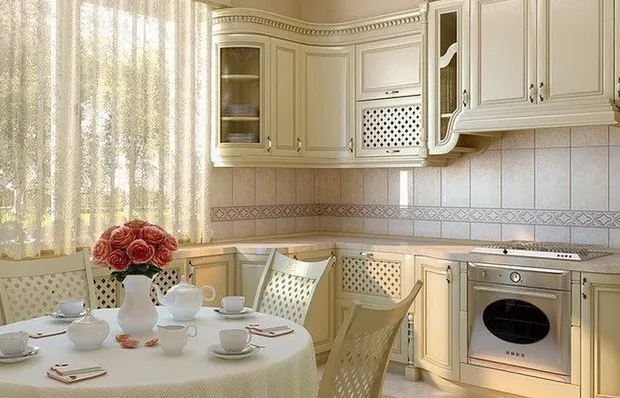 Design of Light-Colored Kitchen — Comfort and Energy for Everyone
Design of Light-Colored Kitchen — Comfort and Energy for Everyone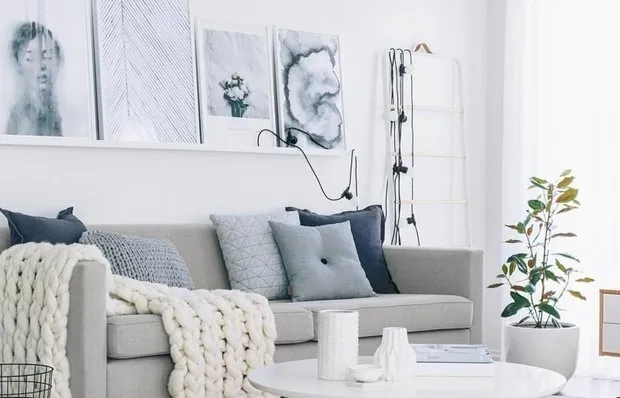 How Professionals Make White Interiors Cozy and Stylish: 7 Secrets
How Professionals Make White Interiors Cozy and Stylish: 7 Secrets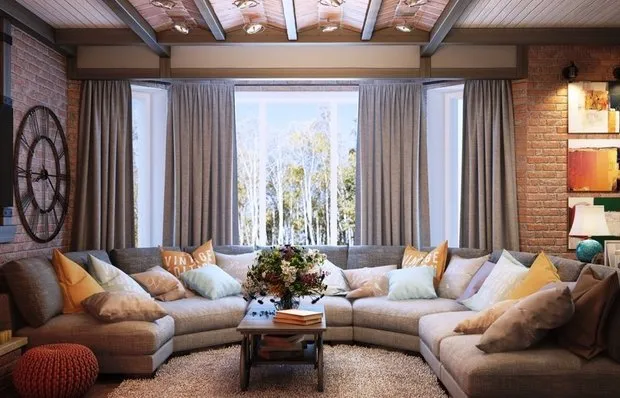 Living Room Interior in a Private House
Living Room Interior in a Private House Designer Furniture, Lighting and Tableware for Home
Designer Furniture, Lighting and Tableware for Home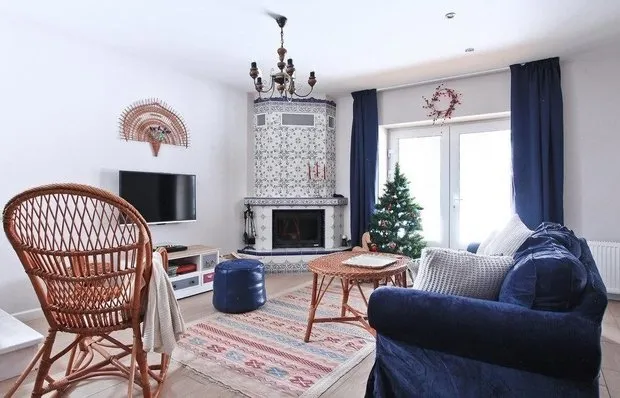 How to Secure Your Home During New Year Holidays: 5 Tips
How to Secure Your Home During New Year Holidays: 5 Tips History of Interior Design in a Historic Apartment
History of Interior Design in a Historic Apartment